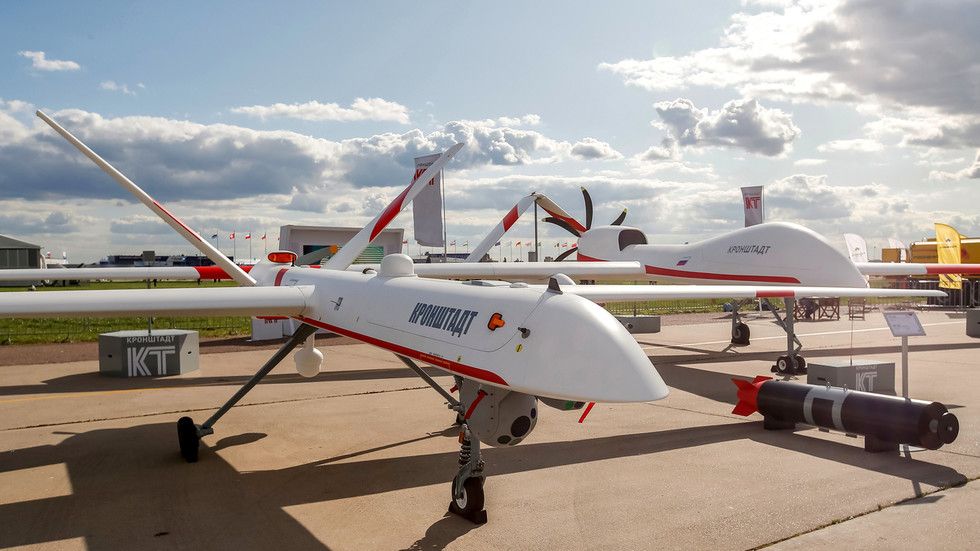
Four of the newfound quadruply imaged quasars are shown here: From top left and moving clockwise, the objects are: GraL J1537-3010 or “Wolf’s Paw;” GraL J0659+1629 or “Gemini’s Crossbow;” GraL J1651-0417 or “Dragon’s Kite;” GraL J2038-4008 or “Microscope Lens.” The fuzzy dot in the middle of the images is the lensing galaxy, the gravity of which is splitting the light from the quasar behind it in such a way to produce four quasar images. By modeling these systems and monitoring how the different images vary in brightness over time, astronomers can determine the expansion rate of the universe and help solve cosmological problems. Credit: The GraL Collaboration.
With the help of machine-learning techniques, a team of astronomers has discovered a dozen quasars that have been warped by a naturally occurring cosmic “lens” and split into four similar images. Quasars are extremely luminous cores of distant galaxies that are powered by supermassive black holes.
Over the past four decades, astronomers had found about 50 of these “quadruply imaged quasars,” or quads for short, which occur when the gravity of a massive galaxy that happens to sit in front of a quasar splits its single image into four. The latest study, which spanned only a year and a half, increases the number of known quads by about 25 percent and demonstrates the power of machine learning to assist astronomers in their search for these cosmic oddities.


















